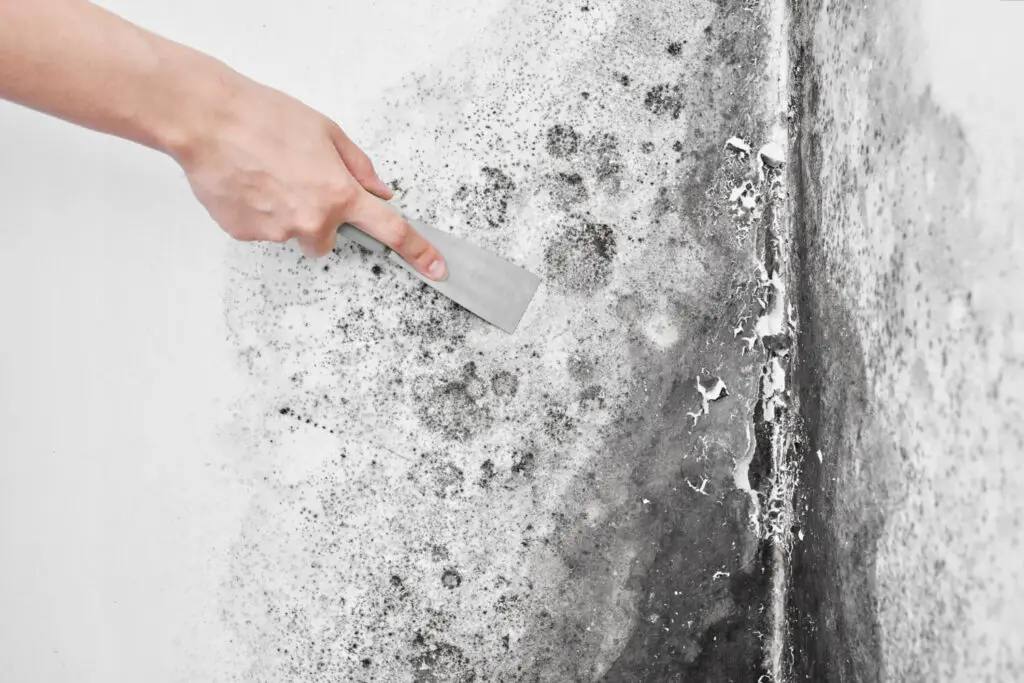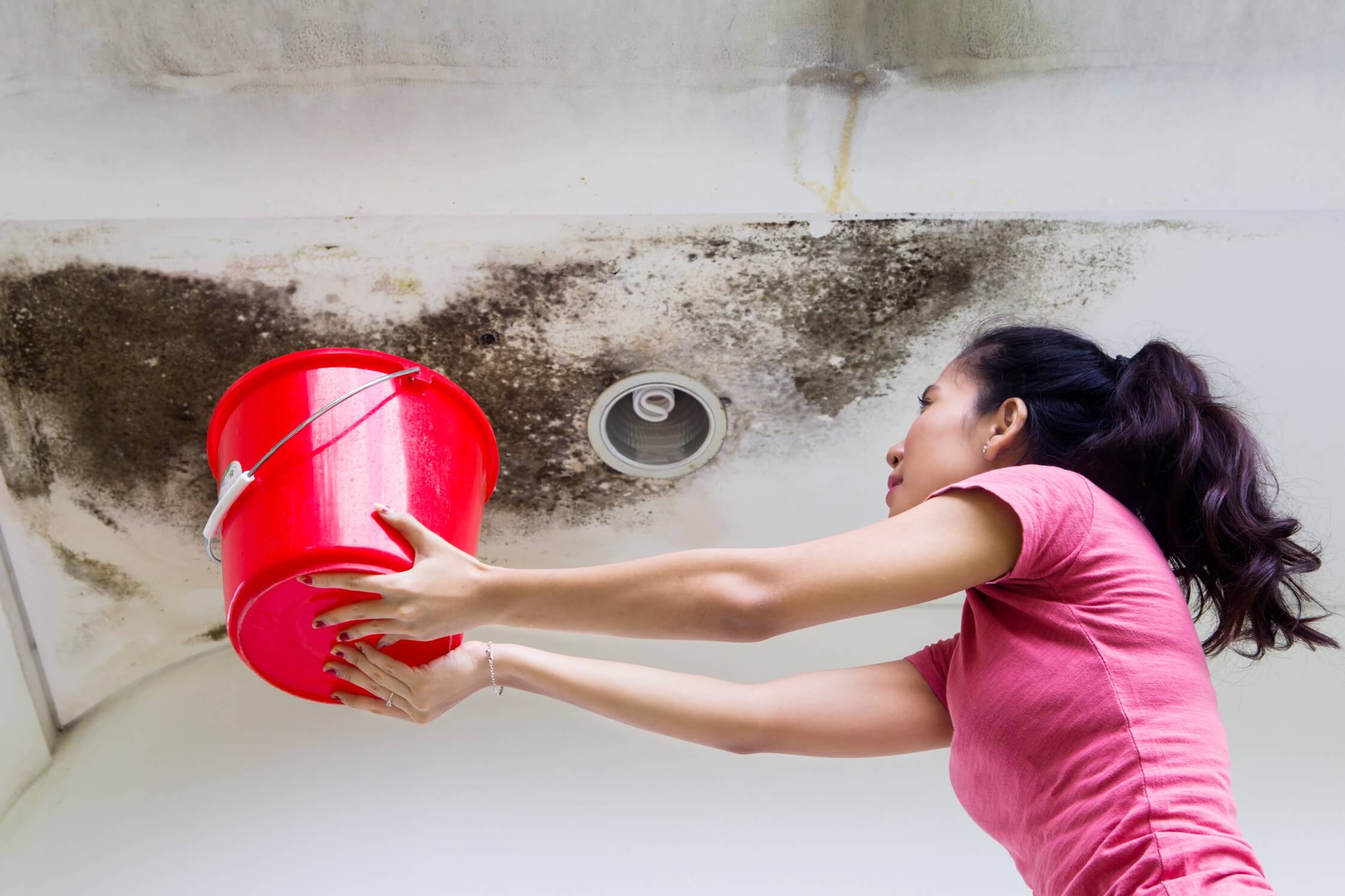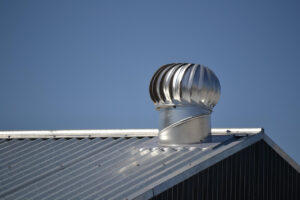Water damage in a room can sneak up on you. One day everything looks fine, and the next, you’re wondering why the corner of your carpet feels damp or why your baseboards are starting to warp. Whether it’s from a leaky pipe, a roof problem, or a spilled-over bathtub, water has a way of quietly settling into places it shouldn’t—causing more damage the longer it’s left unchecked.
Knowing how to identify, treat, and prevent water damage can save you a major headache (and a serious repair bill). So if you’re dealing with soggy drywall or suspicious stains, here’s a practical guide to getting your room back to normal.
Spotting the Signs Early
Water damage isn’t always as obvious as a flooded floor. Sometimes, it builds up behind walls or under floors where it can go unnoticed for days—or even weeks. That’s why it’s important to know the subtle warning signs.
Common indicators of water damage in a room include:
- A musty or damp smell that lingers
- Discolored or stained walls and ceilings
- Peeling paint or bubbling wallpaper
- Warped or buckling floors
- Mold or mildew growth, especially near windows or baseboards
- Water rings or dark spots, particularly on ceilings
If you notice any of these, don’t brush them off. Acting quickly is key to limiting long-term damage.
First Steps: What to Do Right Away
If you discover water damage, the first thing to do is stop the source. If it’s an active leak from a pipe, shut off the water supply. If it’s a roof issue, cover the area temporarily to prevent more water from getting in.
Next, start drying out the space as soon as possible. The longer moisture sits, the greater the risk of mold growth and structural damage. Here’s what you should do:
- Remove any wet furniture, rugs, and fabrics
- Use fans and dehumidifiers to speed up drying
- Open windows and doors to improve airflow (if weather allows)
- Mop up standing water and place towels in damp areas
- Check behind furniture and under rugs where moisture might hide
While minor water issues can sometimes be handled DIY-style, it’s often smart to call professionals—especially if the damage is widespread or you suspect mold. Companies that specialize in water damage restoration have the tools and experience to dry out spaces completely and prevent further problems.
Drywall, Flooring, and Other Repairs
Once the room is dry, it’s time to assess what needs to be repaired or replaced. Unfortunately, water and building materials don’t mix well. If drywall has absorbed too much moisture, it will need to be cut out and replaced to prevent mold. Flooring may also need attention depending on the material.

Here’s how various surfaces typically react to water:
- Drywall: Can swell and become soft; mold often forms inside walls if not replaced
- Carpet: Might be saved if dried quickly, but padding usually needs replacing
- Hardwood floors: May warp and crack; sanding and refinishing might help
- Vinyl or laminate: Often peels or warps and usually needs replacing
- Ceilings: Sagging or stains may require patching or full replacement
Don’t forget to check the insulation behind walls or under floors. If it’s soaked, it needs to be replaced too—it won’t dry properly on its own.
Preventing Future Water Damage
Once you’ve handled the immediate problem, it’s time to think long-term. Taking preventive steps now can save you serious stress and money down the road.
A few smart prevention tips:
- Regularly inspect pipes, especially under sinks and behind appliances
- Keep your gutters clear and ensure downspouts channel water away from your home.
- Seal windows and door frames to keep rain out
- Use water leak sensors under sinks or near your water heater
- Know where your main water shutoff valve is located (and make sure everyone in your home does, too)
If you live in an area prone to heavy rain or flooding, consider installing a sump pump in the basement or investing in flood barriers.
Insurance and Documentation
Water damage is one of the most common home insurance claims, but not all water issues are covered—especially if they’re due to neglect or long-term issues that weren’t addressed. That’s why it’s important to document the damage as soon as you find it.
Take clear photos of the affected area, keep receipts for any repair work, and contact your insurance provider to understand what your policy covers. The more organized you are, the smoother the claims process will be.
According to the Insurance Information Institute, about one in 60 insured homes files a property damage claim caused by water damage or freezing each year. That’s a reminder that water damage is more common than many homeowners think—and preparation is everything.
Final Thoughts
Water damage may be inconvenient, but it’s not the end of the world. The key is catching it early, acting fast, and making sure the issue is fully resolved before moving on. Whether it’s a burst pipe or an unexpected leak, staying calm and knowing what to do can turn a major mess into a manageable fix. And when in doubt, trust the pros to help you get your room (and your peace of mind) back to dry ground.






